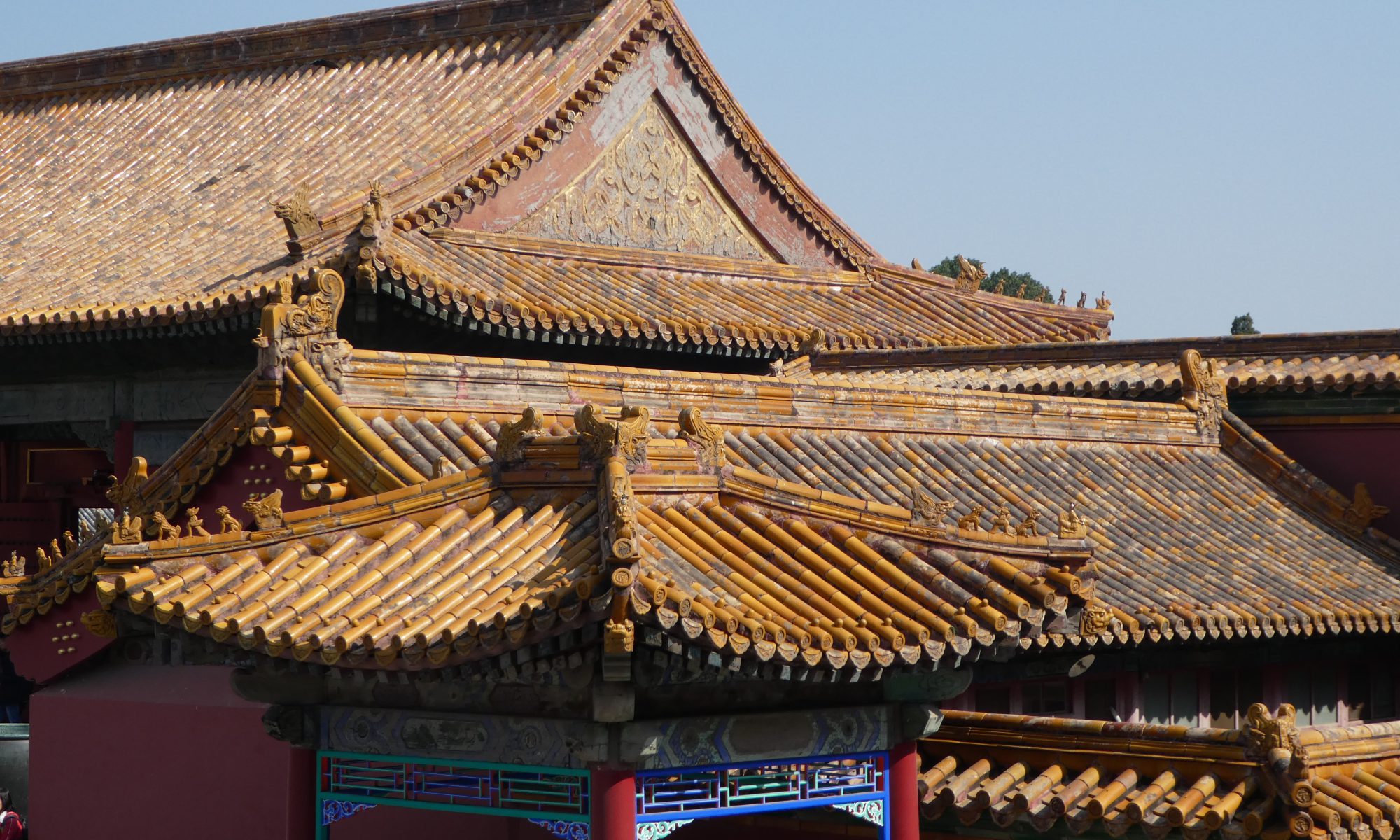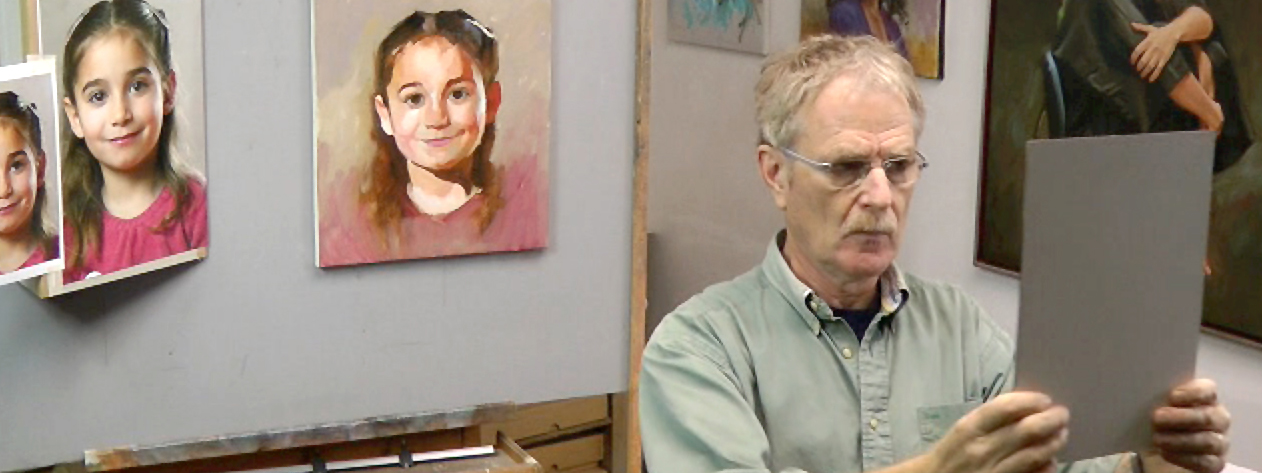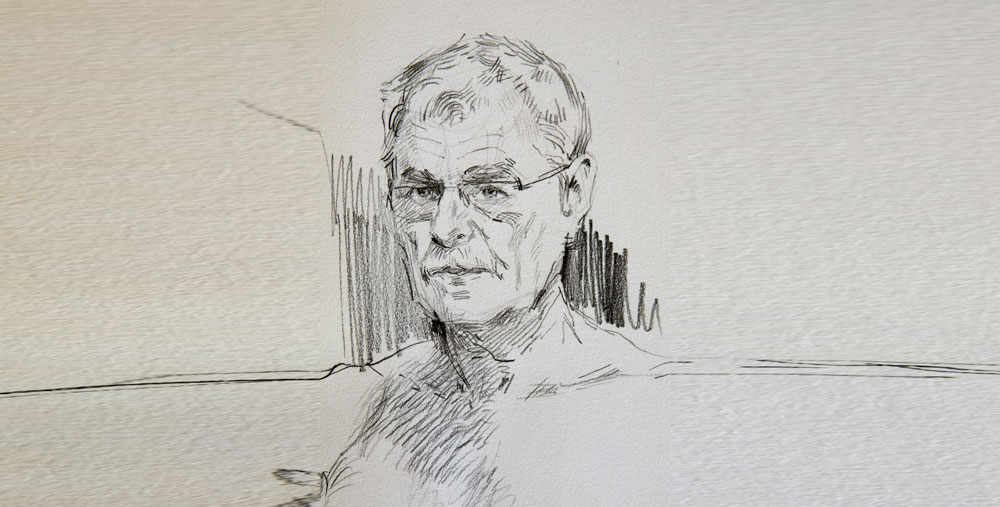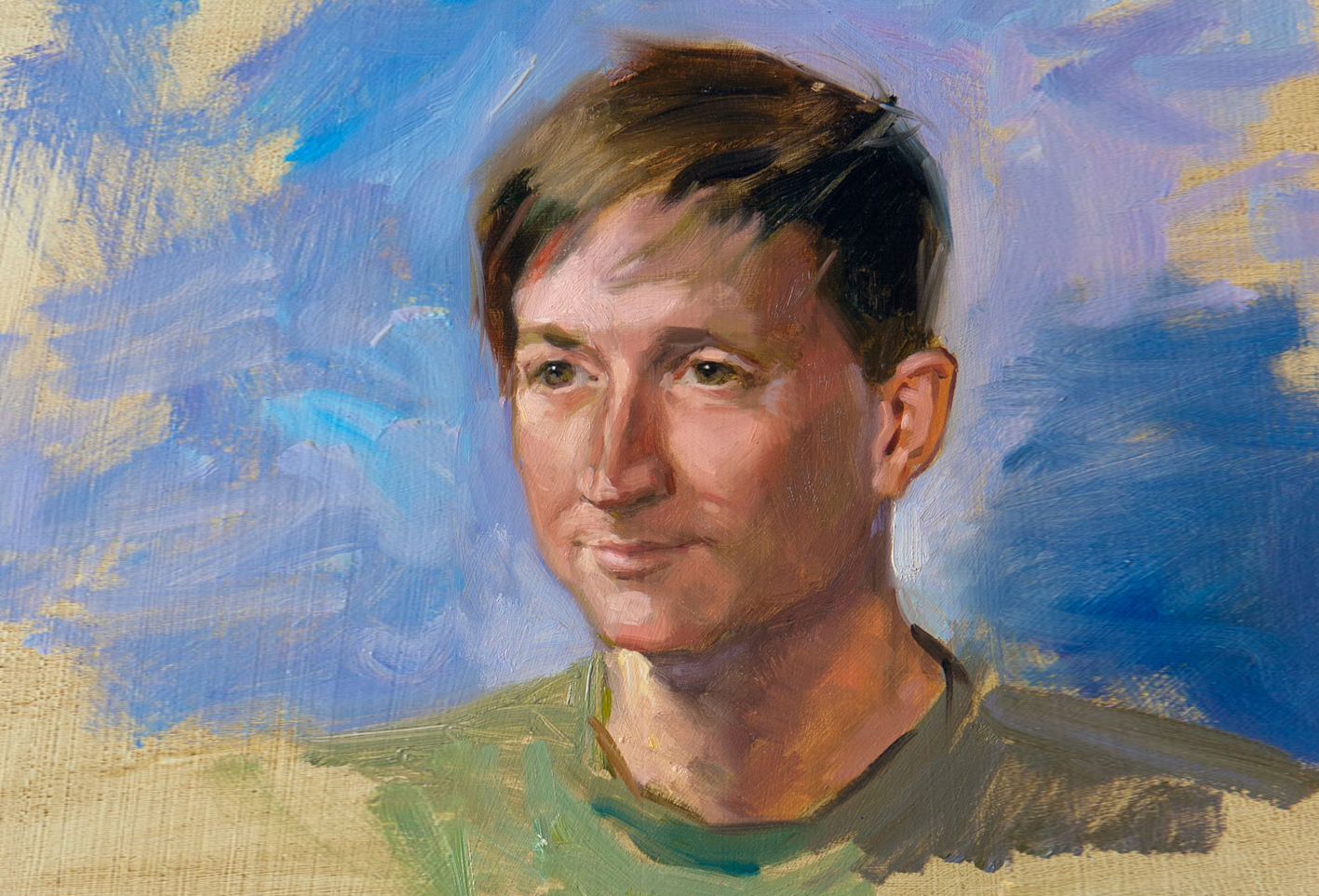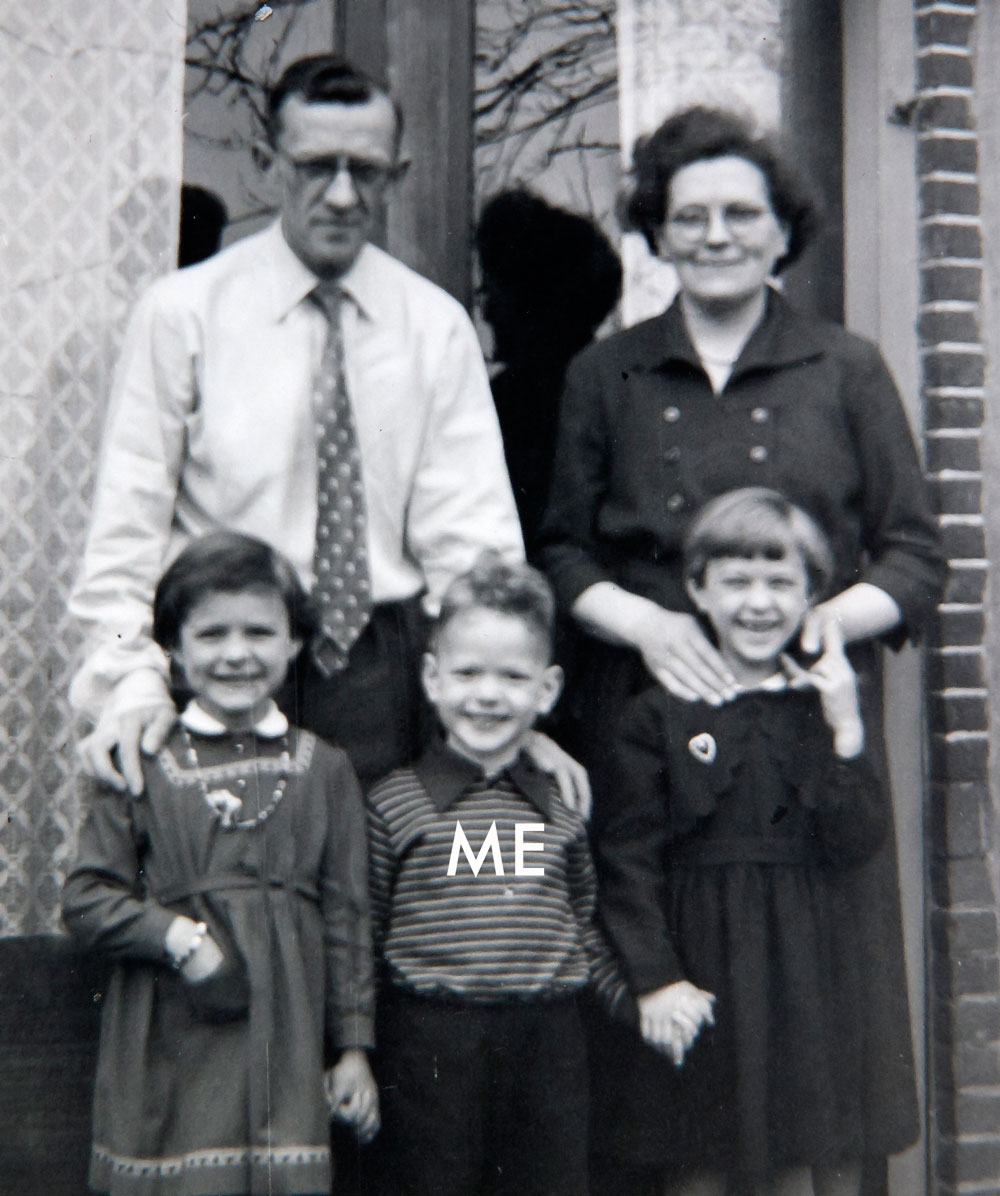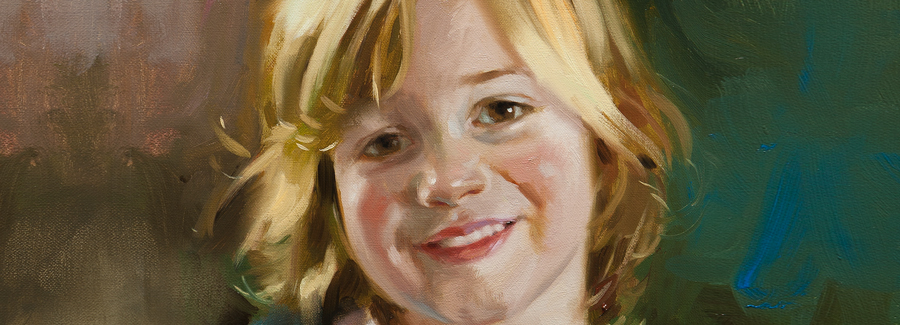Our Art trip to China. Perhaps you have noticed it but I have been away for a while. We were on a cultural/historical/art journey to China. For me it was the first encounter with this fascinating country. Continue reading “Art trip to China”
Thoughts on preparing the palette
Some thoughts on preparing the palette.
Never skimp on the good stuff. Cheap materials make cheap artwork! I’ll give you a few some thoughts on preparing the palette.
Put enough paint on your palette without retrenchment. Especially the colours you will use often, such as white, yellow ocher, cadmium red and burnt sienna. I often see students adding medium hoping to obtain more amount of paint. Always use the same order. The sequence you determine yourself, for example the darks left, white in the middle, and the lights on the right, or from dark to light with white left. Or the yellows and reds at the right and the blues and greens at the left side. It does not really matter as long as you always keep a fixed order. You must find your way blindly. (keep your kitchen organized!) Continue reading “Thoughts on preparing the palette”
Portrait painting and likeness?
Portrait painting and likeness, a challenge and a source of trouble.
A good portrait must fulfill the two basic requirements: perfect likeness and good artistic characteristics. It seems that sometimes the two are at odds. I know I was more prudent in my approach with commissioned portraits than non-commissioned artwork. The more I progressed during the years the more I was able to grasp at these things. But still sometimes it is difficult. Continue reading “Portrait painting and likeness?”
Commissioned portraits from photography
To speak with Richard Schmid in his fantastic book “Alla Prima ll” and I repeat his words when it comes to commissioned portraits from photography.
Photos are often the only way we can have access to certain subjects.
Imagine: All my customers live throughout Europe. It is impossible to travel with my all painting stuff around my neck to the sitters home. Staying there for a couple of days and do the job there. Apart from the fact that clients certainly do not have the time to pose for several days. And then I’m not even talking about additional problems with portraying small children.
So there is no argument against portrait painting from photography. I say it once again loudly and clearly. And for the umpteenth time, of course, it is essential to study from observation. That is the basis of your artistic skills. But one does not exclude the other. Certainly not if it is about a commissioned portrait. The invention of photography is thus a blessing for us, portrait painters. I know this world from within and know what I’m talking about. Almost all of my colleagues use photographic reference, but many talk mysteriously about it.
A lifetime drawing
A lifetime drawing. That applies in any case to me. And portraits have always been the utmost challenge. Continue reading “A lifetime drawing”
Portrait of singer-songwriter Scott Mannion
May I introduce to you my friend Scott Mannion?
Singer-songwriter Scott Mannion from New Zealand, settled down years ago in Chelva. Last Friday he unveiled his latest clip for “Your Kinda Love”. A memorable event. In the past Scott has been sitting for us twice on our Tuesday night live portrait sessions. Continue reading “Portrait of singer-songwriter Scott Mannion”
Portrait commissions of children
Portrait commissions of children have their special challenges. With each assignment, the model is new to me. Therefore an extensive acquaintance is essential. It is important to get to know each other. This applies to adults, but even more to portraits of children. They might see me as an intruder, a strange guy with a camera. Continue reading “Portrait commissions of children”
Me as a portrait painter?
Of course, like every child, I was asked sometimes “what do you want to be when you grow up”? Did I ask myself the question: Me as a portrait painter?
But what is a portrait painter? the English Dictionary says: an artist who paints portraits
Drawing as a little child?
Sometimes I visit websites from other portrait artists and read the information they give about themselves. Often like: “I was already drawing as a little child, or I was born with brushes in my hand”. That annoys me and I do not know exactly why. Is it that difficult to write something more original?
10 beginners mistakes in portrait painting.
Portrait painting is not easy in the beginning. I know these beginners mistakes very well. There are many pitfalls, which you must overcome in the learning process. But where to start? Continue reading “10 beginners mistakes in portrait painting.”
Sweet lies in portrait painting.
I must confess I sometimes used sweet lies in portrait painting. Most people have no experience of posing for a portrait. In a commissioned portrait, it is important that the model shows off his best side. He or she should give me something that I can give back in the painting. Usually I am able to get a satisfactory photograph of the person. (As you know, for commissioned portraits I use photographic sources.) Continue reading “Sweet lies in portrait painting.”
